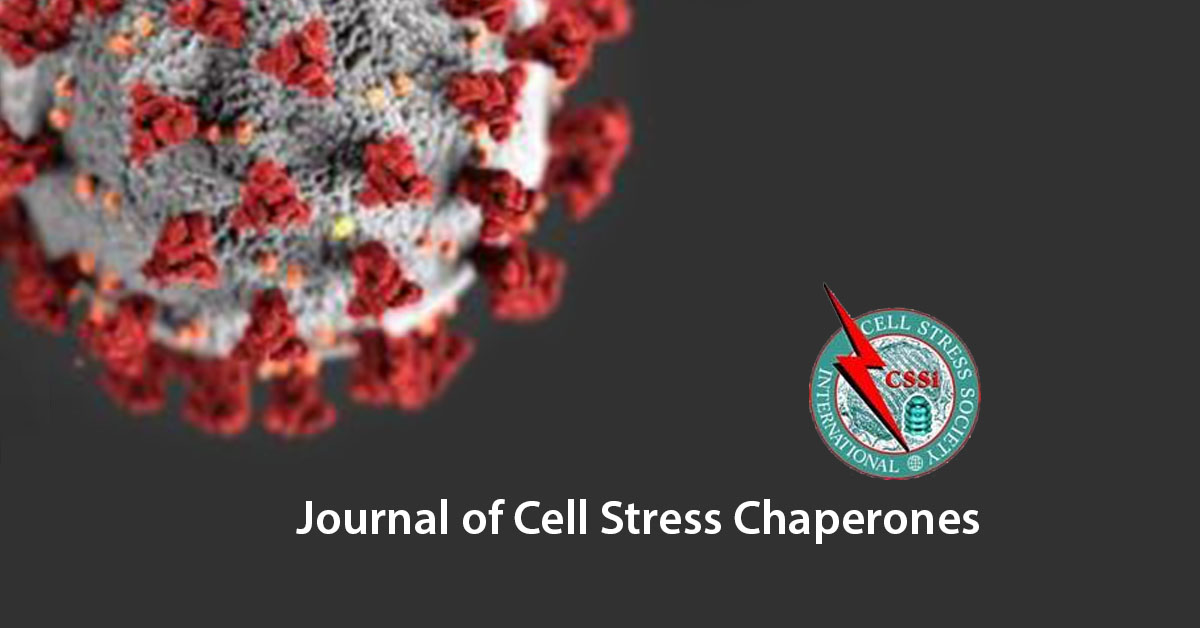
Excerpt
The absence of drug treatments to limit lethality and vaccines to curve down COVID-19 infections have left clinicians with the single option of using supportive therapy as the only intervention, such as the delivery of oxygen and fluids, and mechanical ventilation as the last resource. Experimental animal studies about the response to sepsis have suggested that early interventions are critical to ameliorate the condition, such as source control of the infection or injury (Cauvi et al. 2012; Cauvi et al. 2019), the use of antibiotics (Puskarich et al. 2009), or a reduction in the inflammatory response (Halbach et al. 2019). Indeed, the Surviving Sepsis Campaign calls for early administration of supportive therapy (e.g., antibiotics and fluids) to ameliorate the disease (http://www.survivingsepsis.org). If we extrapolate these observations to the COVID-19 situation, an early intervention before the need for mechanical ventilation could be of extraordinary utility for saving lives. In this regard, hyperbaric oxygen therapy (HBOT) that consists of exposure to 100% oxygen under increased atmospheric pressure up to 2.4 atm could be a great resource to improve the outcome from the infection when it is administered at early stages as soon as a reduction of arterial oxygen concentration is detected. Indeed, experimental animal studies have shown that an initial HBOT improved dramatically the outcome from sepsis, which was correlated with a reduction of the inflammatory response triggered by the initial insult (Halbach et al. 2019). The great advantage of HBOT is that it delivers oxygen at elevated partial pressure allowing this gas to penetrate tissues very rapidly and in higher concentration, which is more effective than hemoglobin oxygen delivery. Both mechanical ventilators, the current treatment for severely ill hypoxic COVID-19 patients in critical care, and HBOT are able to elevate the levels of arterial O2, but in addition, HBOT provides a crucial function that ventilators lack. The increased concentration of O2 delivered to cells in tissues by HBOT at 2.4 atm provides a signal for cells to induce two powerful transcription factors, Nrf-2 which stimulates the production of literally hundreds of cell defense proteins most of which participate in oxidative stress responses and heat shock transcription factor 1 which induces cells to produce additional defense proteins that are also anti-inflammatory (Godman et al. 2010). The elevated supply of oxygen is likely to preserve cellular metabolism and organ function. Indeed, HBOT has been reported to improve mitochondrial function (Tezgin et al. 2020). Moreover, HBOT alters the balance between glycolysis and mitochondrial respiration, possibly countering an effect of viral infection on cellular caloristasis networks (Tezgin et al. 2020) and improving hypoxia in COVID-19 patients. An additional advantage of HBOT is its capacity to reduce the inflammatory response (Buras et al. 2006; Halbach et al. 2019). Several studies have shown that HBOT improves kidney function after infection (Edremitlioglu et al. 2005) and reduces kidney damage in diabetic patients (Harrison et al. 2018). It has also been reported to protect from ischemia/reperfusion injury (Buras and Reenstra 2007; Yu et al. 2005) and diminish UV skin damage (Fuller et al. 2013).
HBOT has been used extensively with great safety in the treatment of patients for a variety of maladies. HBOT is the treatment of choice for carbon monoxide poisoning and gas embolism (Goodman 1964; Tibbles and Edelsberg 1996). It has been very effective in the treatment of diabetic ulcers (Gill and Bell 2004; Stoekenbroek et al. 2014) and radiation injury (Kirby 2019a) and in the improvement of wound healing (Kirby 2019b). Therefore, HBOT could be a potential intervention to improve the outcome of COVID-19 patients. It has been shown to be safe during the use of mechanical ventilation (Bessereau et al. 2017). A small study from China has shown excellent potential for its use in the treatment of COVID-19 patients (https://drive.google.com/file/d/1IJoyao8uFCCQjOxGFC9yqWN6oL-YjoqX/view). In this study, five critically ill patients with COVID-19 and signs of hypoxia were subjected to HBOT. After two treatments, a dramatic improvement in the clinical condition of the patients was observed with an increase in blood oxygen saturation level and reduced lung inflammation, as observed by CT scans. There were no concerns about viral contamination and the spread of the disease to medical attendants.
All of these observations pointed out that HBOT could be a useful tool for improving the conditions of COVID-19 patients, particularly if the intervention occurs at early stages, although it could also be positive during the intubation period. Obviously, there are some logistics in the use of HBOT in the ICU setting. Hyperbaric chambers occupy significant space, and they may not be available continuously to the ICU units. Thus, patients need to be transported to the HBOT facility. In addition, the number of bed settings per chamber is limited. It would be of great utility to have portable chambers that could be easily installed within the patient ICU bed. Although we appear highly enthusiastic about the potential role of HBOT in the treatment of COVID-19 patients, sound clinical trials are needed to test whether or not this intervention could save lives during the current pandemic.
De Maio A, Hightower LE. COVID-19, acute respiratory distress syndrome (ARDS), and hyperbaric oxygen therapy (HBOT): what is the link? [published online ahead of print, 2020 May 18]. Cell Stress Chaperones. 2020;1-4. doi:10.1007/s12192-020-01121-0
